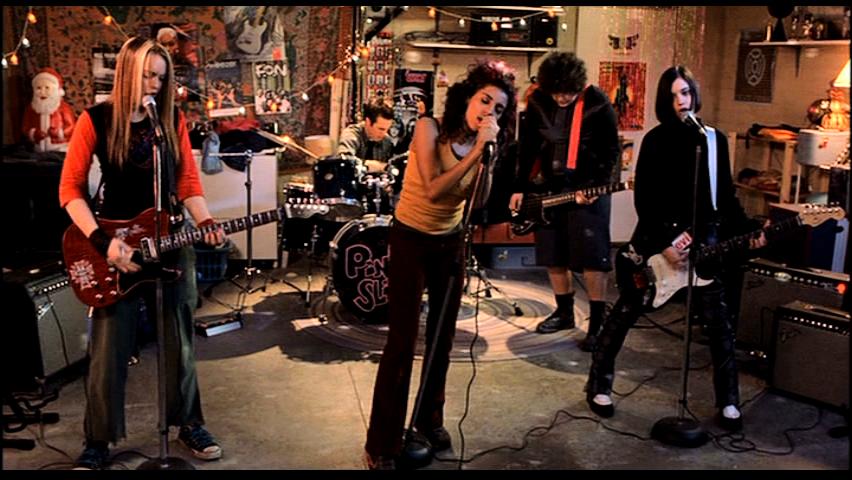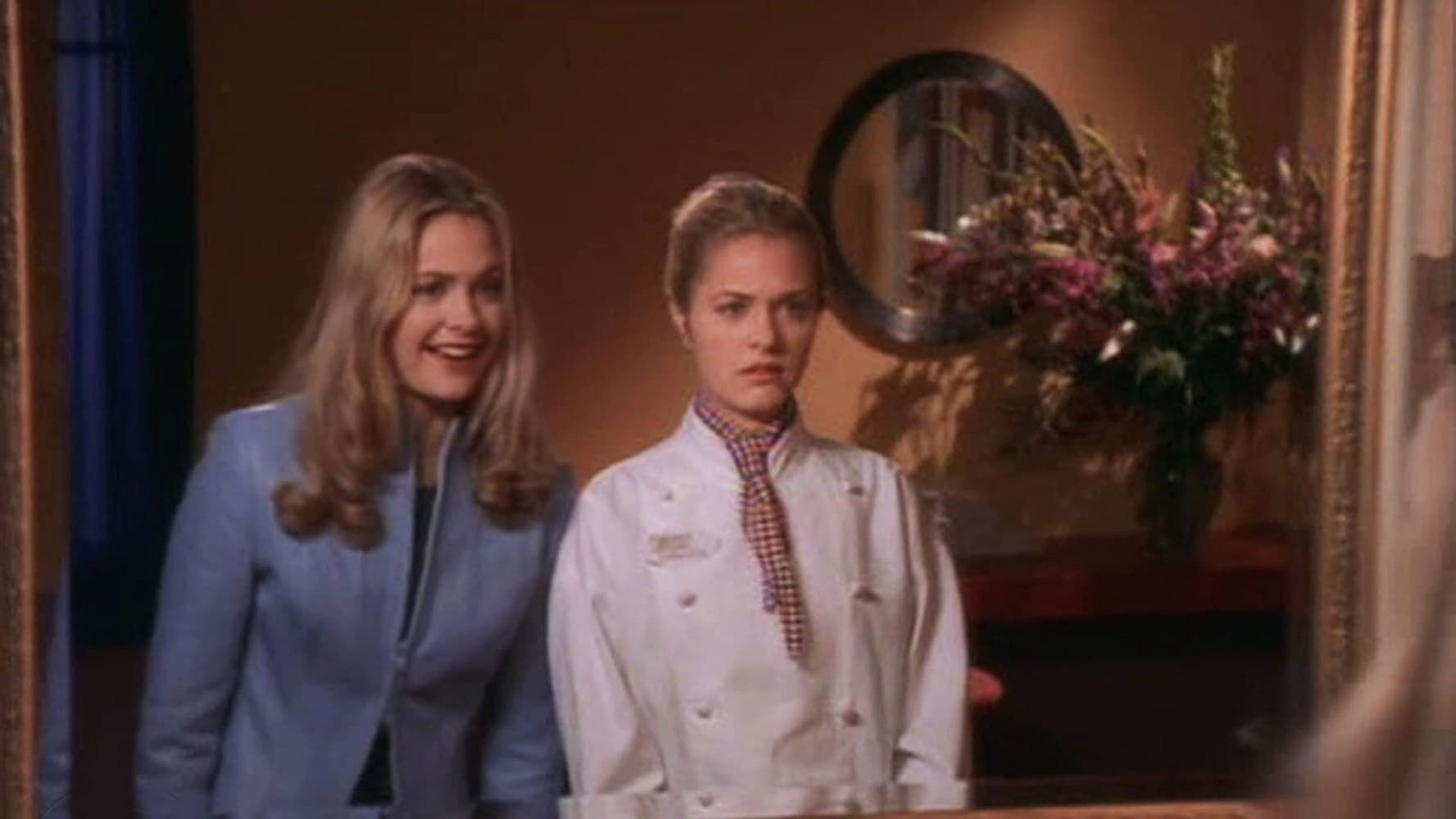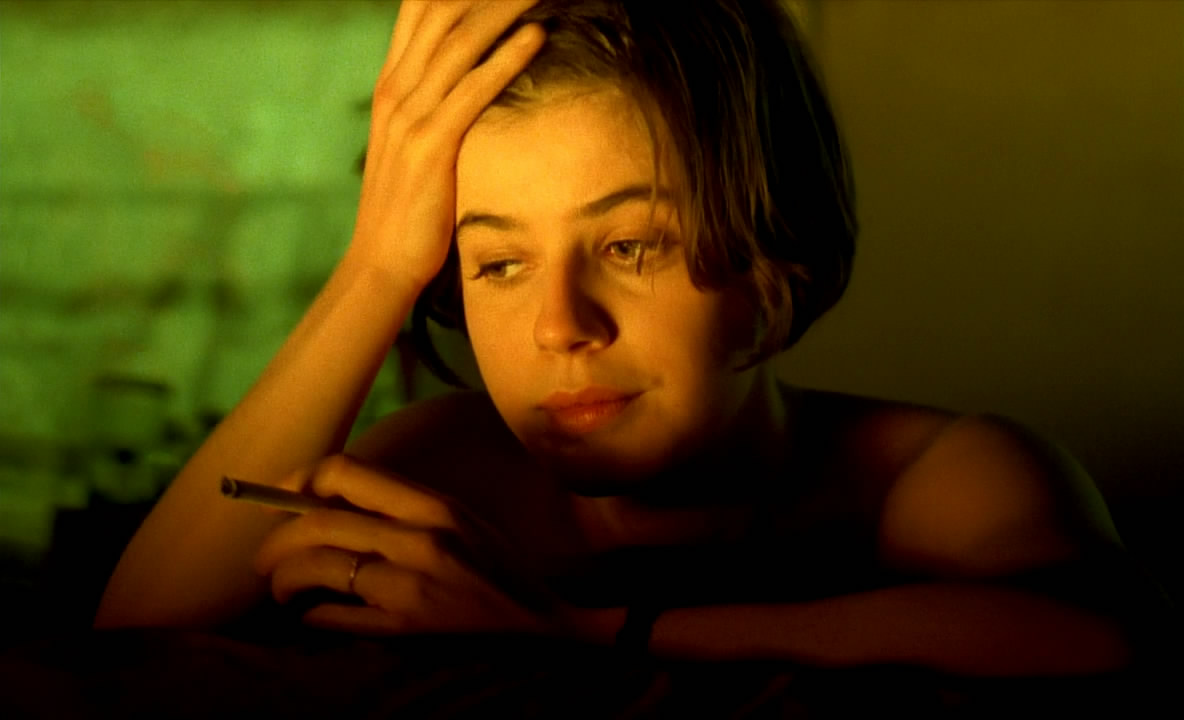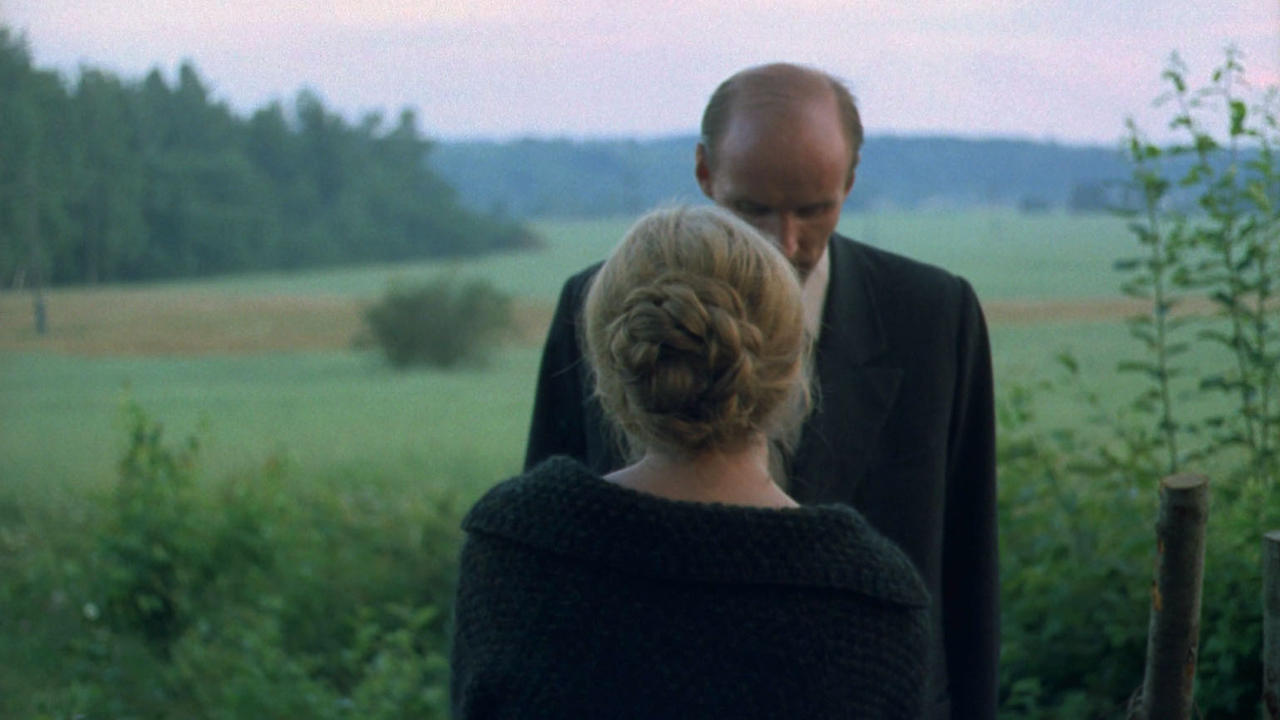6. Freaky Friday (2003)

In the most comedic and magical representation of women swapping identities, it is a fortune cookie that’s to blame. Teenager Anna and her mom Tess have a typical mother-daughter feud at a Chinese restaurant and find themselves in the other’s body the next morning – they have literally become each other, and they hate it. After a morning of living each other’s lives, they return to the Chinese restaurant looking for a solution but are told that only “selfless love for each other” will make them return to their normal selves. After the remainder of the day allows them to discover more about each other and have fun bonding over each other’s interests, the solution turns out to be pretty easy. They switch back and live happily ever after!
Throughout the switch, each woman is still very much themselves, which also sets it apart from other films with similar themes. In each other’s bodies, they learn about the other and use their own knowledge to help each other out in some instances. What it results in is a wholesome and heartwarming tale about taking a walk in someone else’s shoes. Now, this is not the most challenging or intelligent film here, but it offers a much simpler and fundamental look at the relationships between two women, especially with an age difference.
7. Wish Upon A Star (1996)

In a similar vein as “Freaky Friday”, this 90’s teen comedy features two sisters who, after both wishing on a star to be each other, switch bodies. What they find is that they probably didn’t give each other enough credit for what they have to deal with every day. Alexia, the older and more popular sister, feels restricted by the rules popularity has forced upon her (which may sound unconvincing as an actual problem but hey, being a teenage girl is hard regardless) and is struggling to get the school principal and college admissions representatives to take her seriously. Hayley, the younger and more studious sister, is a bit of a social outcast and has low confidence in herself, making it difficult to form relationships as well as present the school projects she’s worked so hard on. All they actually have to do to return to their bodies is to both wish upon a star again, but they still learn invaluable lessons from the time spent in each other’s bodies and come out closer than ever.
Unlike “Freaky Friday”, this switch is fueled somewhat by jealousy of the other woman, and the lesson learned is that the grass is not always greener on the other side (or, that both sides have green grass but also have their downsides). The film is jam-packed with nostalgia and everything you could want from a teen comedy: romance, school dances, quirky fashion, and totally bamboozled parents who must deal with it all.
8. The Double Life of Veronique (1991)

Two women who look exactly the same, Weronika and Veronique, grow up at the same time. Weronika is a choir singer who goes to Poland to spend more time with her Aunt. While in Poland, she notices a French girl (Veronique) who looks just like her, taking photos of protesters. The next day, Weronika abruptly dies of a heart attack. Back in France, Veronique feels overwhelmed by sudden grief. As she is also a choir singer, she quits her choir, and a strange series of events ensue. They lead her to Alexandre, a puppeteer, who seems to have some insight on the connection between the two women.
These women are, for the most part, unknowingly intertwined. They are each other, and they celebrate and suffer together. What Kieslowski may be expressing through this situation is how everything and everyone is connected, and that we are never alone. This film is worth watching for actress Irene Jacob’s performance alone, but the film also does a great job at portraying feeling without words and tying a very complex idea together seamlessly.
9. Mirror (1975)

Tarkovsky’s loosely autobiographical film “Mirror” is more of a collection of memories than a linear story. From the perspective of a dying middle-aged man, we see flashbacks of childhood, of the man’s mother, wife, his own kids, and important moments in Soviet history. Lines of poetry written by Tarkovsky’s father Arseny Tarkovsky are used to narrate parts of the film. To make things even more dreamy and perplexing, the same actress is used to play the man’s mother and wife. Although it is made somewhat clear through plot and visual devices that these are different women, the choice to use the same actress to play both women can be interpreted as an effort to compare their identities and roles in the man’s life.
What is so special about mirror is how perfectly it replicates the feeling of memory and time passing through us. It also is a beautiful reflection on motherhood, despite being through the eyes of a male director and a male character. A woman even wrote to Tarkovsky after seeing the film: “My childhood was like that… only how did you know about it?”. There is something strikingly universal about the film that you can always return to for guidance or solace.
10. Persona (1966)

Ingmar Bergman’s psychological drama inspired nearly all films about female relationships to follow. The two women at the center of it are a young nurse Alma and famous actress Elisabet. Alma is tasked with caring for Elisabet, who has intentionally stopped speaking. They go to a cottage together to help Elisabet recover, and Alma tells her stories about her life and her fiance, including stories of an intimate nature. On a trip to the post office one day, Alma curiously reads one of Elisabet’s letters and discovers that Elisabet is studying her, possibly for a role. The women appear to merge together throughout the film, and at one point, Elisabet’s husband even mistakes Alma for his wife. Ultimately, Alma asserts that she is herself and not Elisabet, and they separate.
There has been endless speculation on what the film is ultimately about, but Bergman has declined to share what he believes it means. The title is undoubtedly a reference to Carl Jung’s theory of persona, which he describes as the mask an individual wears both to make an impression on others, as well as to conceal one’s true identity. You may forget the details of the film once you are done, but you will never forget the image of the two women, together.